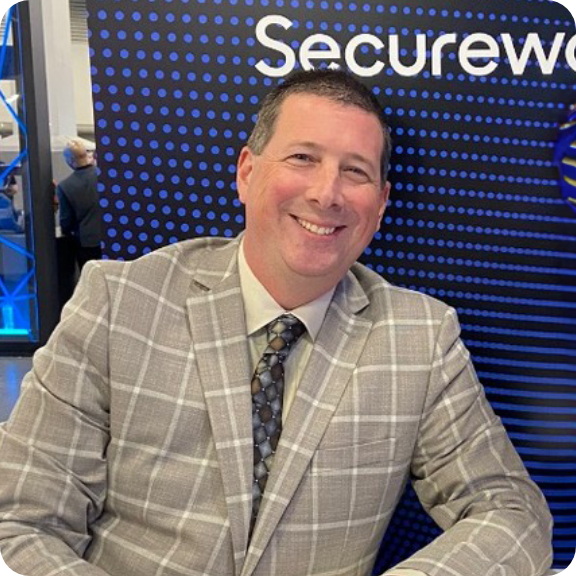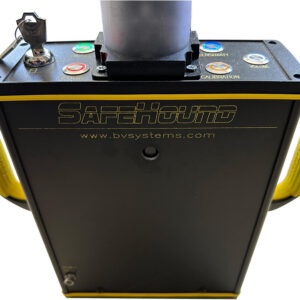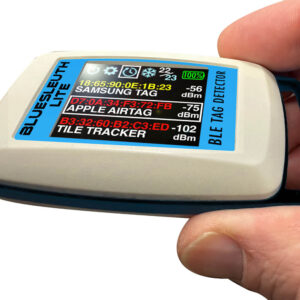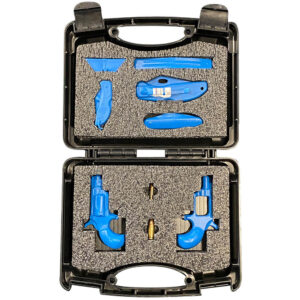Your cart is currently empty!
Methods for Detecting Deactivated Cell Phones
Some cell phone detectors use radio wave transmissions to locate contraband devices. They have a very long range, but if a phone isn’t actively transmitting the detector won’t pick it up. The phone could be powered off, in airplane mode or actually smuggled and stored in pieces. Finding deactivated devices in areas where cell phones are prohibited poses specific problems.
Deactivated devices can hide almost in plain sight. At correctional facilities phones have been smuggled on visitors, concealed in packages and authorized supply shipments, thrown over walls and even flown in by drones. Once the phones are inside, inmates keep them off when they’re not in use. They may break the phone up into pieces and store them separately to make them more difficult to find. Correctional officers have found phones inside hollowed out loaves of bread, books, condiment jars and even inside other electronics. Deactivated phones can also be a potential hazard at other locations such as classified government buildings, confidential meetings and secure facilities.
There are three methods of finding deactivated devices. Now let’s look at the pros and cons of each.
Dogs can be trained to find cell phones by scent in much the same way they are trained to find bombs, drugs and human remains. They are highly effective and can detect hidden phones from several yards away, but the training is expensive and the dogs require a handler. They also draw immediate attention in correctional facilities, causing inmates to squirrel away their contraband devices.
Metal detectors are somewhat effective in finding cell phones. They certainly trigger on some phones when scanning subjects for other metal devices such as firearms and knives. The problem is they don’t discriminate between cell phones and other metal items. Metal detectors trigger on just about any metallic object. If a phone is hidden behind a metal plate on the wall or inside another piece of electronics, the operator might ignore the alert thinking the detector was triggered by something else. Another drawback is many phones have very little metal content, so a metal detector must get very close before it picks up the device.
Ferromagnetic detectors offer the accuracy of trained dogs, at a much lower price. They operate much like a metal detector, but offer the advantage of fewer false positives. When an operator gets an alert from a ferromagnetic cell phone detector, they can rest assured it’s probably triggered by a phone. They detect compounds used in the manufacture of parts common to all cellular devices, without triggering on other common metal objects such as jewelry, buckles or clothing studs. They can penetrate walls, people, packages and bags to find phones concealed inside.
BVS offers ferromagnetic cell phone detectors in both stationary and portable models. Contact us today for more information on how to keep deactivated phones from sneaking into your “no phone” zone.

Scott Schober
CEO | Author | Speaker at Berkeley Varitronics Systems
Scott Schober presents at cybersecurity and wireless security conferences for banking, insurance, transportation, construction, telecommunications and law enforcement industries. He has overseen the development of dozens of wireless test, security, safety and cybersecurity products used to enforce a “no cell phone policy” in correctional, law enforcement, and secured government facilities. Scott regularly appears on network news programs including Fox, Bloomberg, Good Morning America, CNN, MSNBC, NPR and many more. He is the author of 'Senior Cyber', 'Cybersecurity is Everybody's Business' and 'Hacked Again', the “original hacker’s dictionary for small business owners” - Forbes Magazine.
Our Newsletter
Lorem ipsum dolor sit amet, consectetur adipiscing elit. Aliquam mattis ligula vitae leo scelerisque, sit amet feugiat ex venenatis.
"*" indicates required fields
Latest Posts
Our Best Sellers
How can we help?
Lorem ipsum dolor sit amet, consectetur adipiscing elit. Nunc dictum aliquet justo sit amet consectetur. In tempor lobortis ante vitae ornare. Praesent feugiat magna at tempor consequat. Aenean in iaculis libero, aliquam imperdiet mi.









Leave a Reply